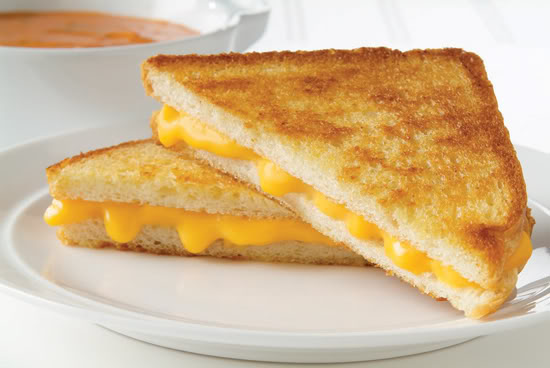
It’s true – American’s really do love sandwiches. You can get a variation of a sandwich just about anywhere in the world, but nowhere else is the sandwich such a staple of the lunchtime meal. Part of the homestay experience is trying new foods, and unless the visitor is completely opposed, we often suggest trying to make a sandwich that includes some familiar foods from home. Perhaps if you know the history behind sandwiches you’ll be able to demonstrate that while American’s might love sandwiches, they’re really a global meal.
Common wisdom holds that the “first” sandwich can be traced back to Rabbi Hillel the Elder, who in the 1st centrury B.C took lamb and herbs and sandwiched them between two pieces of matzo. “In simply interpreting a biblical mandate—‘They shall eat the flesh that night, roasted on the first; with unleavened bread and bitter herbs they shall eat it’—Rabbi Hillel unknowingly invented the ‘Hillel sandwich’ that has grown into one of the most important elements of the modern Passover Seder”. In Europe in the middle ages, what we consider an open faced sandwich today was fed to beggars and dogs – most often stale pieces of bread, or “trenchers,” smothered with meat. Sandwiches continued to make appearances all over Europe, from George Peele’s 1595 play The Old Wives Tale, to London’s men’s club the Shakespeare Tavern to John Montague, the 4th Earl of… Sandwich. However, American innovation really carried the sandwich to the prominence it enjoys today. In 1928 Iowa inventor Otto Frederick Rohwedder invented a machine that could both slice and wrap bread, making bakeries more efficient while also preventing the bread from going stale. Sandwiches quickly became a lunchtime favorite all over the country.

What about some of America’s most beloved sandwiches – the ubiquitous PB&J or the equally as popular grilled cheese? Mashing peanuts into paste for food was a technique used by the ancient Incas. In 1897 Kellogg’s applied for a patent for “nutmeal”, another variation of peanut better. But the peanut butter we know today first made its appearance at the 1904 World’s Fair and quickly become trendy in upscale Manhattan restaurants. In the 1920’s and ’30s brands like Skippy and Peter Pan were born, and thanks to the newly available pre-sliced bread, spreading peanut butter over bread made a cheap and easy snack. Believe it or not the jelly aspect was first introduced during WWII on American military’s rations list. The soldiers became so fond of the sandwiches they continued to make them after the war ended. Today the PB&J is lauded as a relatively healthy meal, provided the bread is whole grain, the jelly has only natural sugars and the peanut butter has only “good” fat.

Grilled cheese recipes can be found in ancient Roman texts, and the French have long been fond of their famous croque monsieurs, but the wonderfully gooey grilled cheese is truly American. Combine the innovation of Rohwedder and the processing prowess of James L. Kraft, who opened his first factory in Illinois in 1914, and you have the capabilities to make an American cheese grilled cheese. The first “toasted cheese” or “melted cheeses” were open faced. Like the PB&J they were first popularly served to soldiers during the World Wars, as instructed by government issued cookbooks. It wasn’t until 1949 that Kraft introduced the game changing individually wrapped slices of cheese and a second piece of bread was added, creating the modern “grilled cheese”.
Today, lunch wouldn’t be the same without PB&J or grilled cheeses. As a visitor in America, you may be weary, but you should try to introduce these lunchtime classics as a way to augment your American experience. Hosts should encourage their visitors to try new things. Remember, conversations about food are always a great gateway to learning more about each other’s cultures. Do you have any unique ways of combining American lunches with foreign favorites? Share them with Global Immersions!
